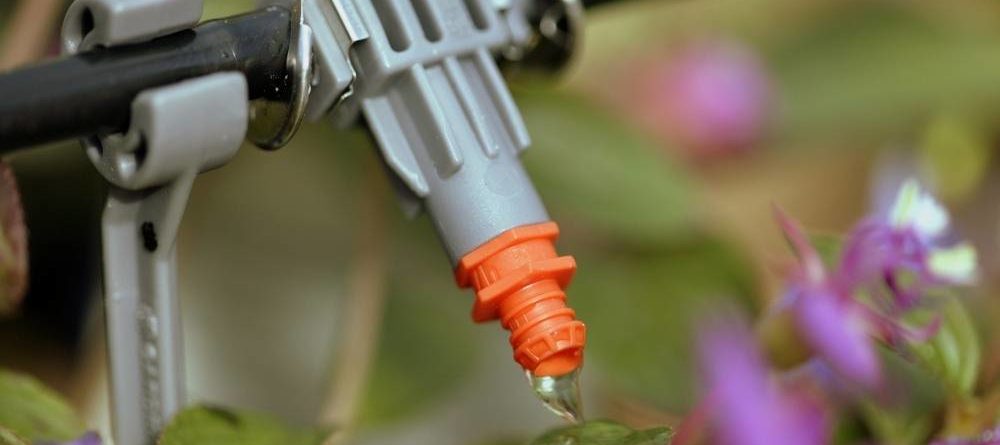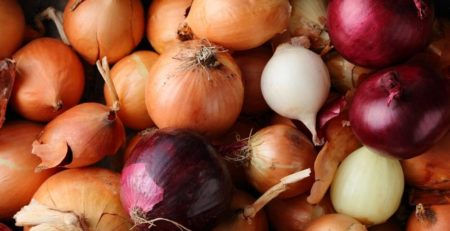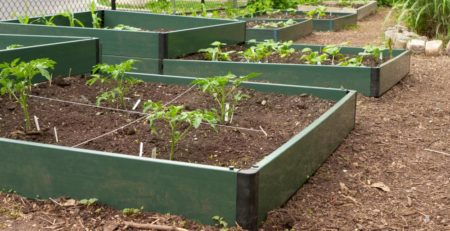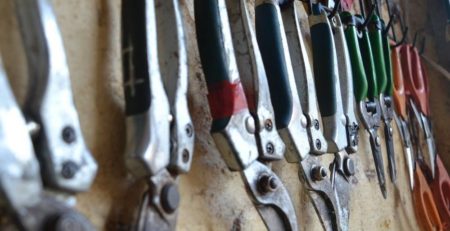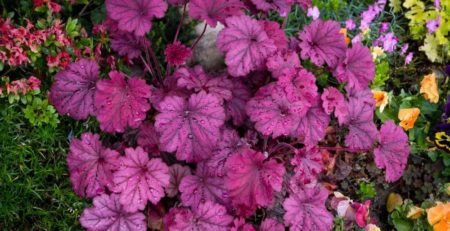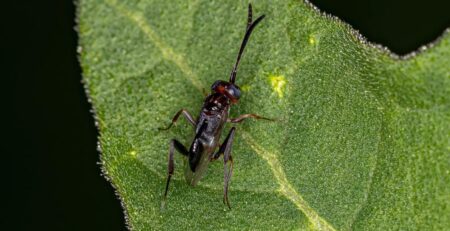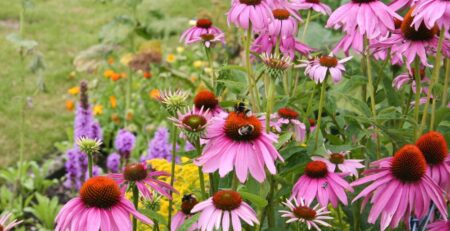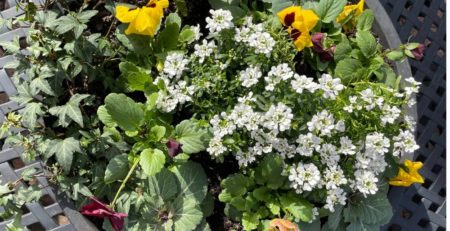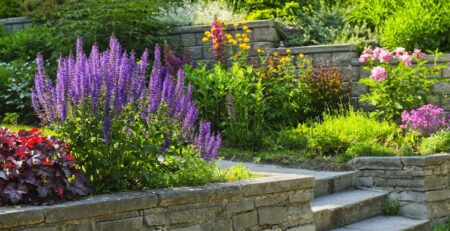Benefits of Watering with Drip Irrigation
We are in a drought and the news just gets worse. Many municipalities have watering restrictions to conserve water that people need for daily household use. However, you can still have a nice garden if you use waterwise watering methods. Drip irrigation is the gold standard for waterwise irrigation, followed by soaker hoses.
What Is Drip Irrigation?
Drip irrigation systems consist of a long hose-like tube of heavy plastic, emitters, water pipes, and a timer. A back flow preventer and filter are also needed. A pipe runs to your garden beds from a central water source. The backflow preventer and filter connect between the tube and water source. The tube is laid beside the plants you want to water. Emitters ought to be placed at regular intervals along the tube. These emitters deliver water right to the root zone of the plant growing beside them. A timer may be used to turn the system on and off, meaning drip irrigation does not require much supervision. You do need to check the system regularly to ensure the emitters are not clogged and there are no holes in the tubing.

What Is a Soaker Hose?
A soaker hose is a hose that is designed to sweat water along its length. It delivers water to the root zone, and thus has many similar benefits to drip irrigation and can cost less initially. However, soaker hoses are not as durable as drip irrigation hoses and need to be replaced more often. They also clog with bacteria, iron, minerals, and dirt. Soaker hoses require a bridge hose that runs from the soaker hose to the water spigot. Regular monitoring to ensure the soaker hose works correctly and efficiently is crucial.
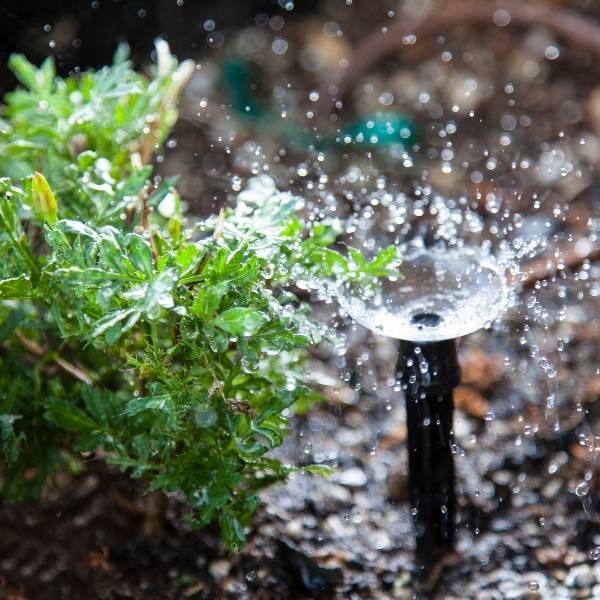
Save Water, Save Money
Drip irrigation is 90% efficient. Once the system turns on, 90% of the water reaches the root zone of the plant. Overhead sprinklers are 50-70% efficient, which means you could be paying for twice the amount of water than the plant actually receives. Additionally, both drip irrigation and soaker hoses are often exempt from watering restrictions.
Optimal Water Delivery for Your Plants
You may set the timer on your drip irrigation to run a set amount every day. Often, drip irrigation has zones, and you can water for twenty minutes in one zone, turn off that zone and go to the next zone, then continue this process until all zones get water. You can repeat this once or twice. The benefit of this schedule is that it lets the water in the zone sink into the soil between bouts of watering, so none of it runs off.
Prevents Diseases
Many plant diseases live in the dirt and depend on water to splash the spores up onto a plant, which they then infect. Drip irrigation does not splash water on the plant. Almost all of the water goes right to the root zone.
In addition to protecting plants from diseases, drip irrigation provides a better mix of air and water in the soil. It also keeps the soil moisture more constant, which is better for the plants.
Fits Irregular Plots
If you have an irregular plot, arranging sprinklers to water the only the plot and not nearby sidewalks and other parts of the landscape can be tricky. Drip irrigation and soaker hoses are easy to arrange to fit any size or shape plot.
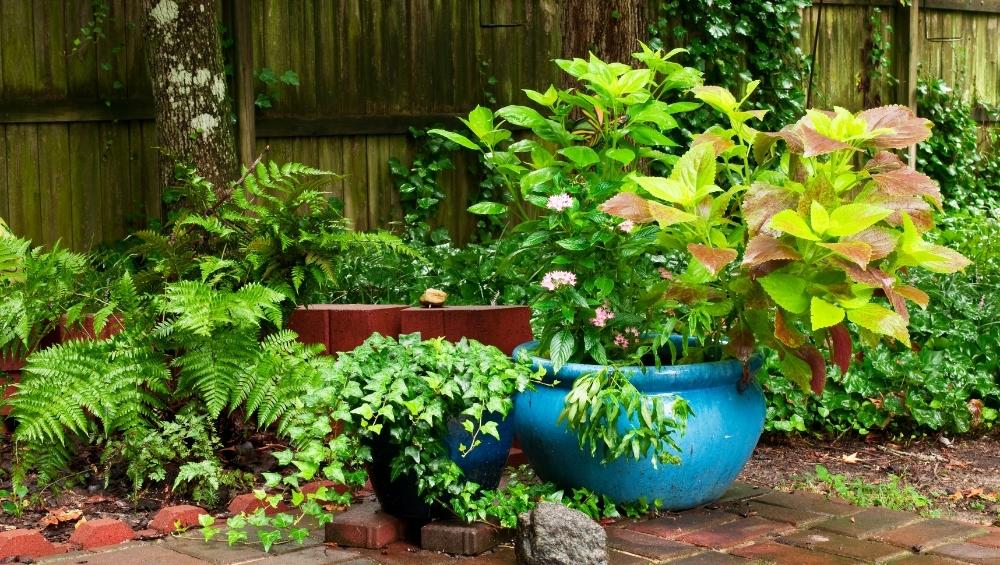
Easy To Install
Both drip irrigation and soaker hoses are relatively easy to install. Soaker hoses lie on the ground near the plants they water. Drip irrigation may require some digging and is more work, but there are lots of installation instructions available. Properly installed drip irrigation systems last many years, making them less expensive than soaker hoses in the long run.
Hides Under Your Mulch
Drip irrigation tubes and soaker hoses can be placed under mulch so they are invisible, which makes the garden more cosmetically pleasing. Placing the watering tubes under the mulch also enables the mulch to absorb water and release it to the soil as needed during the day.
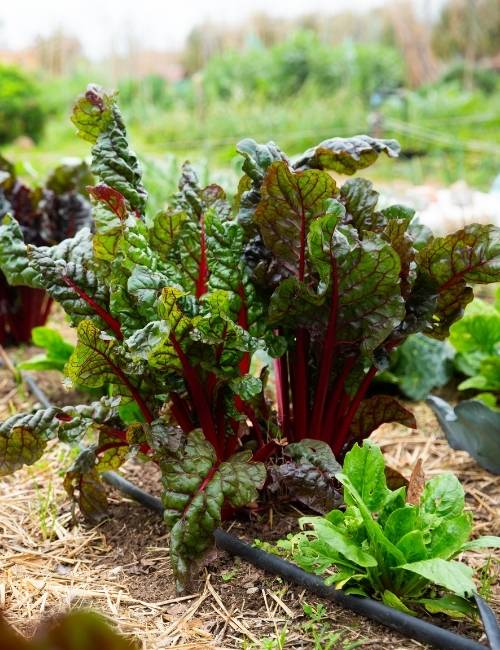
Disadvantages of Drip Irrigation
Nothing is perfect and drip irrigation does have some drawbacks.
- If emitters are spaced too far apart or not placed closely enough to your plants, the plants will not get enough water.
- The emitters can clog with dirt or mineral deposits from the water.
- Insects and rodents may chew into the hose searching for water.
- Because the drip irrigation is under the mulch, realizing there is a problem with the system is difficult until the plants or water bill are adversely affected.
- Drip irrigation lines are easily cut with gardening equipment. This is less of a problem if the lines are covered with mulch.
- Drip irrigation can be expensive upfront, but later offset by the savings in water from such a system.
- The system is more complex than simply hooking a water hose to a sprinkler.
Drip irrigation is the gold standard for watering gardens. It is very efficient and delivers water right to the root zone. Soaker hoses are a good alternative if the cost of installing drip irrigation is too much. Either way, these efficient ways to water save both water and money while keeping your plants healthy.
Further Reading:
Homeowners Guide to Sprinkler Systems
Residential Irrigation and Water Conservation
EarthKind Landscaping Guide to Water Conservation

